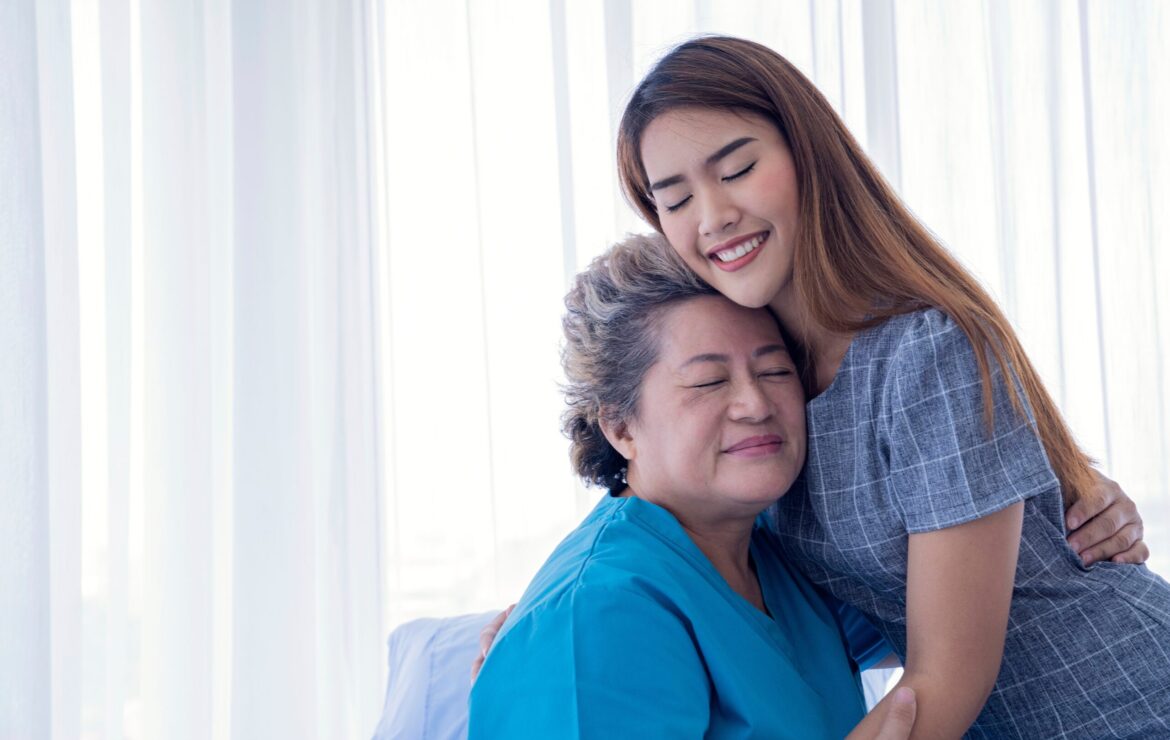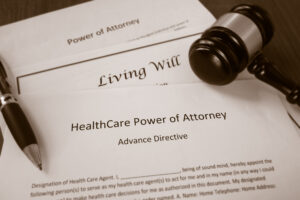Home Health Aide vs Personal Care Aide, What is the difference?

While there are several differences between a Home Health Aide (HHA) and a Personal Care Aide (PCA), both are essential roles within the healthcare industry as they primarily focus on providing assistance and care to individuals who need support in their daily lives. The distinct differences between HHAs and PCAs are in terms of their responsibilities, training, and scope of care.
In this article, we discuss what an HHA and PCA are, the training that is required and the common skills both roles use as in-home caregivers.
What is a Home Health Aide (HHA)?
A HHA is a certified aide who provides care and support for older adults and other patients requiring help completing certain daily tasks. HHAs can perform clinical care duties, such as checking the patient’s blood pressure, but often help more with basic daily activities and routines, like bathing, dressing, and moving around the home.
Responsibilities: Home Health Aides typically provide more specialized care compared to Personal Care Aides, typically working under the supervision of a registered nurse or another healthcare professional. HHAs assist with medical tasks, such as administering medication, checking vital signs, monitoring and reporting a patient’s physical and mental well-being, and providing basic medical care.
Medical Tasks: HHAs may be trained to assist with tasks like changing dressings, catheter care, and monitoring health conditions as directed by healthcare professionals.
Training: HHAs often require a high school diploma, GED, or completion of a vocational school or community college program but requirements vary depending on the state. HHAs also usually require more formal training, which includes completing a state-approved training program. This training may cover medical procedures, infection control, basic nursing skills, and more.
Supervision: HHAs often work more closely with healthcare professionals and are expected to follow specific care plans prescribed by the patient’s doctors or nurses.
Setting: HHAs often work in a patient’s home, hospice facility, or assisted living environment, providing care to individuals who may be recovering from illness, surgery, or managing chronic conditions.
Becoming a Home Health Aide (HHA) typically involves completing specific training and meeting certain requirements. Here are the general steps to become a Home Health Aide:
- Check State Requirements: Research the specific requirements for HHAs in your state.
- Educational Requirements: High School Diploma or Equivalent: Most states require HHAs to have a high school diploma or GED.
- Complete Formal Training: Enroll in a state-approved Home Health Aide training program. These programs are often offered by community colleges, vocational schools, or healthcare institutions. After successfully completing the required training program, you will likely need to pass both written and practical exams.
- Background Check: Most states require HHAs to undergo a criminal background check to ensure the safety of patients.
- Certification: Depending on your state, you may need to obtain certification. Certification requirements can vary, so check with your state’s health department or licensing board for details.
- Soft Skills: In addition to your formal training, it’s crucial to develop soft skills such as empathy, patience, and effective communication. HHAs often work closely with individuals who may have complex medical and emotional needs.
- On-the-Job Training: Even after completing your formal training, you may receive additional training and orientation from your employer to become familiar with specific client needs and company policies.
- Stay Informed: Stay informed about changes in healthcare regulations and best practices by participating in relevant workshops or seminars.
What is a Personal Care Aide (PCA)?
A PCA is a trained caregiver who helps patients and older adults with mostly non-medical assistance and daily tasks in the comfort of their own home. PCAs provide a wide range of services, assisting the patient with many day-to-day activities at home and around the community.
Responsibilities: Personal Care Aides focus is on providing non-medical assistance with daily activities and personal care. Their role is centered around helping the patient with tasks that they might be unable to do independently, such as bathing, dressing, grooming, meal preparation, light housekeeping, and running errands. PCAs might also help patients schedule doctor appointments and monitor their health overnight.
Medical Tasks: PCAs do not typically perform medical procedures or tasks, and their responsibilities are centered on improving the individual’s overall quality of life and ensuring their comfort.
Training: While some states might require minimal training or certification for PCAs, training is generally less formal and intensive compared to HHAs. The emphasis is on providing assistance with daily activities rather than medical care.
Supervision: PCAs may work more independently, although they still need to follow care plans and communicate any concerns or changes in the patient’s condition to supervisors or family members.
Setting: Personal Care Aides can work in a variety of settings, including private homes, group homes, or residential care facilities. The primary focus of the PCA is on helping clients maintain their independence and manage their daily routines.
Becoming a Personal Care Aide (PCA) typically involves completing basic training and meeting certain requirements. Here’s a step-by-step guide on how to become a PCA:
- Check State Requirements: Start by researching the specific requirements for PCAs in your state or country.
- Educational Requirements: In most cases, a high school diploma or equivalent is required to become a PCA. Some states may have additional educational requirements, so be sure to check.
- Find a Training Program: Look for a PCA training program that is accredited or recognized by your state’s health department or relevant regulatory authority. These programs are often offered by community colleges, vocational schools, or healthcare institutions.
- Background Check: Many states require PCAs to undergo a criminal background check to ensure the safety of clients.
- Certification: Depending on your location, certification may be required or optional. Even if not mandatory, obtaining certification can enhance your job prospects and certification can often be obtained by passing an exam after completing your training.
- Soft Skills: Developing soft skills such as patience, empathy, and effective communication is crucial for PCAs. You’ll be working closely with individuals who may need assistance with daily activities.
- On-the-Job Training: Be prepared for on-the-job training. Each client’s needs and preferences can vary, so you may receive additional training or orientation from your employer.
- Stay Informed: Stay updated on any changes in healthcare regulations and best practices in personal care. This may involve participating in workshops or seminars.
In summary, the main differences between a Home Health Aide and a Personal Care Aide lie in the scope of their responsibilities, the level of medical tasks they are engaged in, the training required, and the overall focus of care. HHAs are more involved in medical care under the supervision of healthcare professionals, while PCAs provide non-medical support to help individuals with daily activities and improve their overall quality of life.



